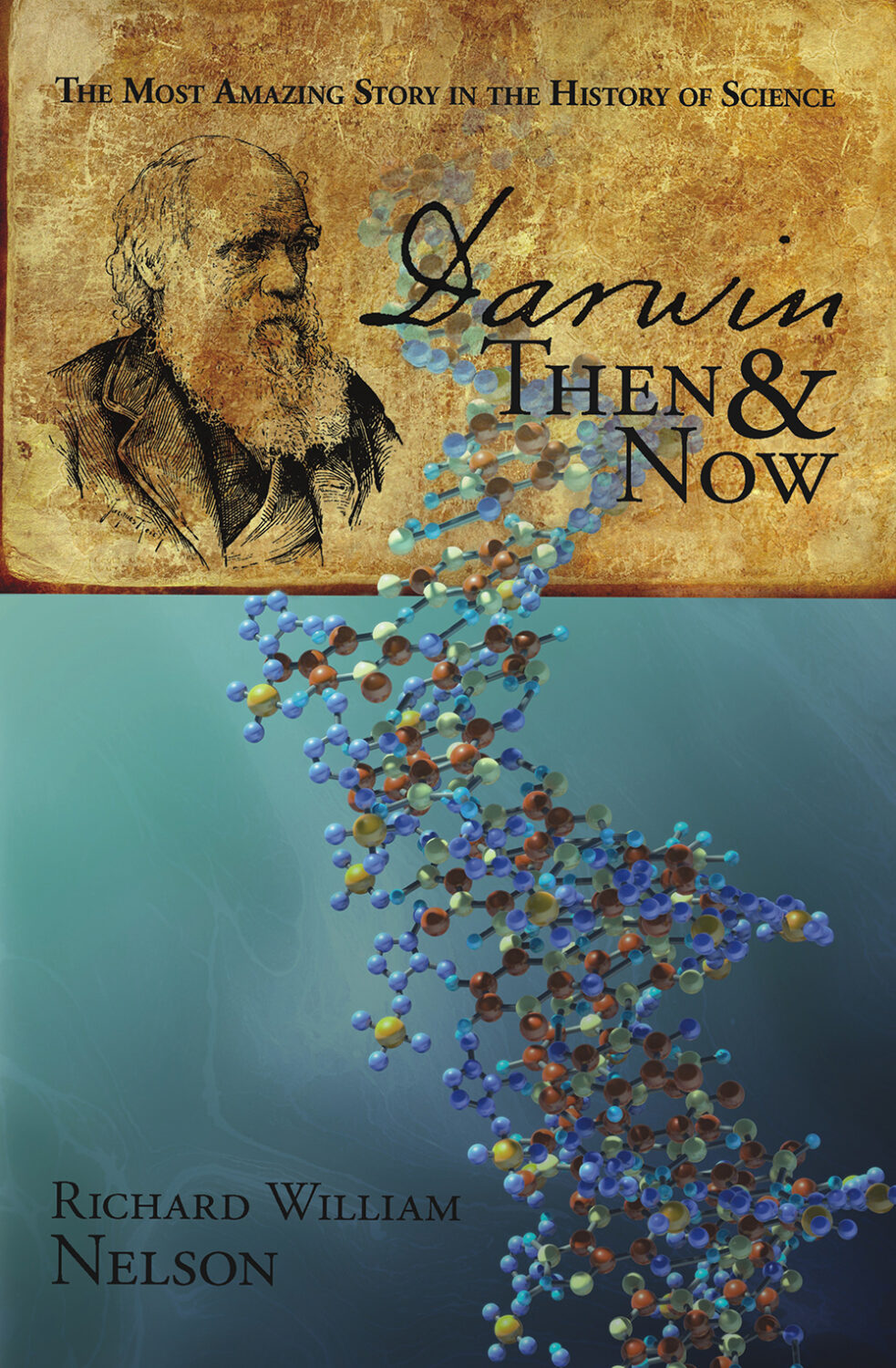by Richard William Nelson | Dec 11, 2011
 Anomalocaris, an ancient three-foot-long shrimp-like creature, is an evolutionary anomaly. Anomalocaris (pictured left) is Greek for “anomaly shrimp.”
Anomalocaris, an ancient three-foot-long shrimp-like creature, is an evolutionary anomaly. Anomalocaris (pictured left) is Greek for “anomaly shrimp.”
The origin of this marine creature’s compound eye, a species first discovered by Charles Doolittle Walcott in the Canadian Rockies at an elevation of over 7,000 feet above sea level, has long puzzled evolution scientists. Where did the freakish eyes originate, and how did they end up in the Canadian Rockies?
The findings have no natural explanation.
Continue Reading
by Richard William Nelson | Sep 18, 2011
 In the journal Science, the September 9 edition, a collection of reports generated a storm of controversy on the evolutionary status of Australopithecus sediba. Nicknamed Karabo, meaning “answers,” the fossils have emerged as the latest human ancestor candidate.
In the journal Science, the September 9 edition, a collection of reports generated a storm of controversy on the evolutionary status of Australopithecus sediba. Nicknamed Karabo, meaning “answers,” the fossils have emerged as the latest human ancestor candidate.
While last week’s topic focused on Karabo’s transitional links, this week examines the dating of these two remarkable fossilized skeletons recovered from the Malapa site in South Africa.
The Karabo dating surprised the investigators.
Continue Reading
by Richard William Nelson | Sep 12, 2011
 The Australopithecus sediba saga intensified last week with a new series of reports published in the journal of Science. The journal is the official weekly publication of the American Association for the Advancement of Science, AAAS.
The Australopithecus sediba saga intensified last week with a new series of reports published in the journal of Science. The journal is the official weekly publication of the American Association for the Advancement of Science, AAAS.
Last week’s edition (cover pictured left) featured eight articles and news reports specifically on A. sediba, inflaming a flurry of speculations on the human “missing link.”
This last week was the second Science edition to focus on human evolution findings in South Africa.
Continue Reading
by Richard William Nelson | Jan 2, 2011
 Leslie Stahl, long-time CBS journalist, interviewed on 60 Minutes with Mary Schweitzer in December, marking a new paleontology arena – the field of dinosaur soft tissue.
Leslie Stahl, long-time CBS journalist, interviewed on 60 Minutes with Mary Schweitzer in December, marking a new paleontology arena – the field of dinosaur soft tissue.
Schweitzer, an American paleontologist at North Carolina State University, unexpectedly discovered soft tissues from a Tyrannosaurus rex bone sent from the Museum of the Rockies in Montana.
Schweitzer’s controversial report, “Gender-Specific Reproductive Tissue in Ratites and Tyrannosaurus rex,” published in the journal Science in 2005, revolutionized our understanding of fossil preservation.
Continue Reading
by Richard William Nelson | Nov 28, 2010
 Craig Venter, the maverick American biologist and businessman, captured worldwide attention by announcing the creation of “the first synthetic species,” nicknamed “Synthia.” Venter has the credentials. In 2000, Venter, along with Francis Collins of the National Institutes of Health, jointly announced the complete mapping of the human genome.
Craig Venter, the maverick American biologist and businessman, captured worldwide attention by announcing the creation of “the first synthetic species,” nicknamed “Synthia.” Venter has the credentials. In 2000, Venter, along with Francis Collins of the National Institutes of Health, jointly announced the complete mapping of the human genome.
In a 60-Minute CBS interview with Steve Kroft (pictured right), in the aired TV segment entitled “J. Craig Venter: Designing Life,” CBS touted that Venter’s new synthetic species “gets its genetic instructions from a synthetic chromosome made by man, not nature.”
Continue Reading
by Richard William Nelson | Aug 29, 2010
 Jerry Coyne, in his new book entitled Why Evolution is True, conveniently overlooks any reference to the butterfly, as does Darwin-Discovering the Tree of Life by Niles Eldridge.
Jerry Coyne, in his new book entitled Why Evolution is True, conveniently overlooks any reference to the butterfly, as does Darwin-Discovering the Tree of Life by Niles Eldridge.
Even the California-sponsored website “Understanding Evolution” skirts around the mysterious transformation of the butterfly known as metamorphosis – a butterfly nightmare.
Depictions of mystical butterfly symbols have embellished Egyptian, Chinese, and Greek cultural expressions for over 3,500 years. Why is the evolution industry silent on butterfly metamorphosis?
Continue Reading
by Richard William Nelson | Aug 22, 2010
 The October 2009 special edition of the journal Science (cover pictured right below) entitled Ardipithecus ramidus, kindly known as “Ardi,” featured a series of 11 papers by 47 authors from 10 countries – launching the Ardipithecus ramidus (pictured left) saga.
The October 2009 special edition of the journal Science (cover pictured right below) entitled Ardipithecus ramidus, kindly known as “Ardi,” featured a series of 11 papers by 47 authors from 10 countries – launching the Ardipithecus ramidus (pictured left) saga.
With an estimated age of 4.4 million years, Ardi is considered the oldest hominid skeleton ever discovered, predating Lucy and casting unexpected clues into the increasingly complex human evolution jigsaw puzzle.
The unexplainable saga, however, actually began nearly 15 years ago.
Continue Reading
by Richard William Nelson | Aug 15, 2010
 The evolution industry is celebrating 100 years of fruit fly genetic research. Charles W. Woodworth, at the University of California, Berkeley, at the turn of the twentieth century, was the first to use the fruit fly as a model in the study of genetics.
The evolution industry is celebrating 100 years of fruit fly genetic research. Charles W. Woodworth, at the University of California, Berkeley, at the turn of the twentieth century, was the first to use the fruit fly as a model in the study of genetics.
During the twentieth century, Drosophila melanogaster, the common fruit fly, was one of the most studied organisms in biological research, particularly in genetics.
The fruit fly model seemed to emerge as one of the first laboratory-induced speciation events.
Continue Reading
by Richard William Nelson | Jul 19, 2010
 In The Origin of Species, Charles Darwin wove the eugenic philosophy of Plato into the theory of natural selection. By arguing that “extinction and natural selection go hand in hand,” Darwin legitimized the eugenics movements of the 20th century.
In The Origin of Species, Charles Darwin wove the eugenic philosophy of Plato into the theory of natural selection. By arguing that “extinction and natural selection go hand in hand,” Darwin legitimized the eugenics movements of the 20th century.
Eugenics originated in ancient cultures. Rome, Athens, and Sparta practiced eugenics to improve the strength and survival of their societies. Encouraged by his brother, Erasmus, Darwin read An Essay on the Principle of Population by Thomas Robert Malthus, an English political economist, in 1838.
Continue Reading
by Richard William Nelson | Jul 11, 2010
 Natural selection is a simple scientific theory, according to the American Museum of Natural History, New York. For the museum’s Darwin Exhibit, the museum curator, Niles Eldredge, explains:
Natural selection is a simple scientific theory, according to the American Museum of Natural History, New York. For the museum’s Darwin Exhibit, the museum curator, Niles Eldredge, explains:
“A century and a half ago, Charles Darwin offered the world a single, simple scientific explanation for the diversity of life on Earth: evolution by natural selection.”
“Natural selection.” Eldredge explains, “is a simple mechanism that causes populations of living things to change over time.”
Continue Reading
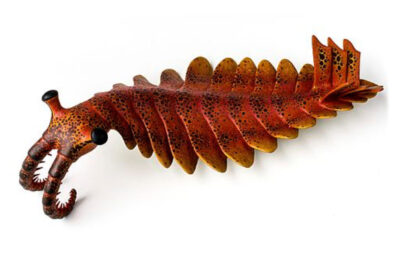 Anomalocaris, an ancient three-foot-long shrimp-like creature, is an evolutionary anomaly. Anomalocaris (pictured left) is Greek for “anomaly shrimp.”
Anomalocaris, an ancient three-foot-long shrimp-like creature, is an evolutionary anomaly. Anomalocaris (pictured left) is Greek for “anomaly shrimp.”
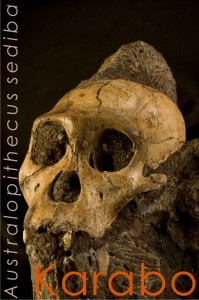
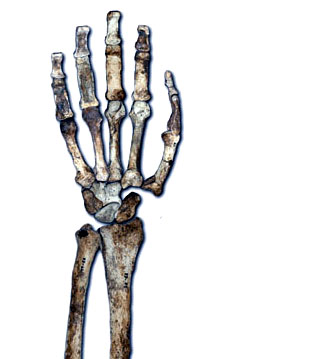 The
The 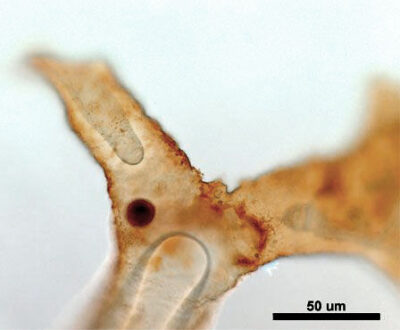
 Craig Venter
Craig Venter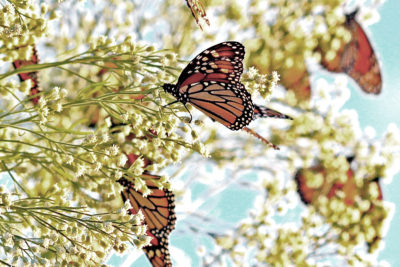 Jerry Coyne
Jerry Coyne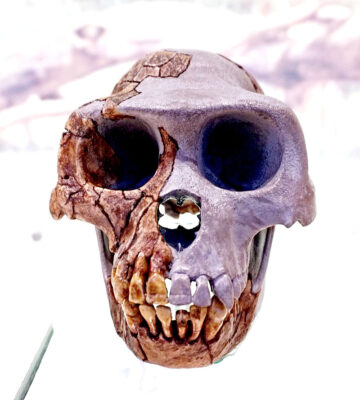 The October 2009
The October 2009 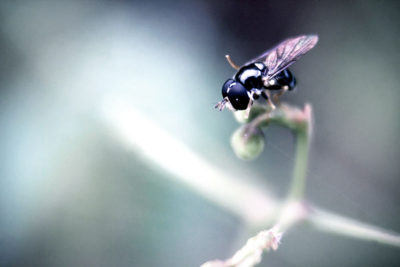 The evolution industry is celebrating 100 years of fruit fly genetic research.
The evolution industry is celebrating 100 years of fruit fly genetic research. 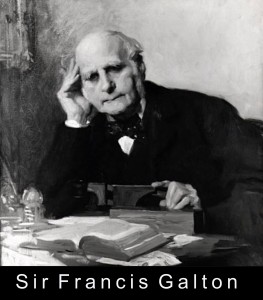
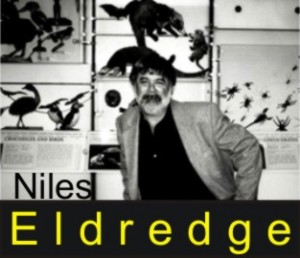 Natural selection
Natural selection